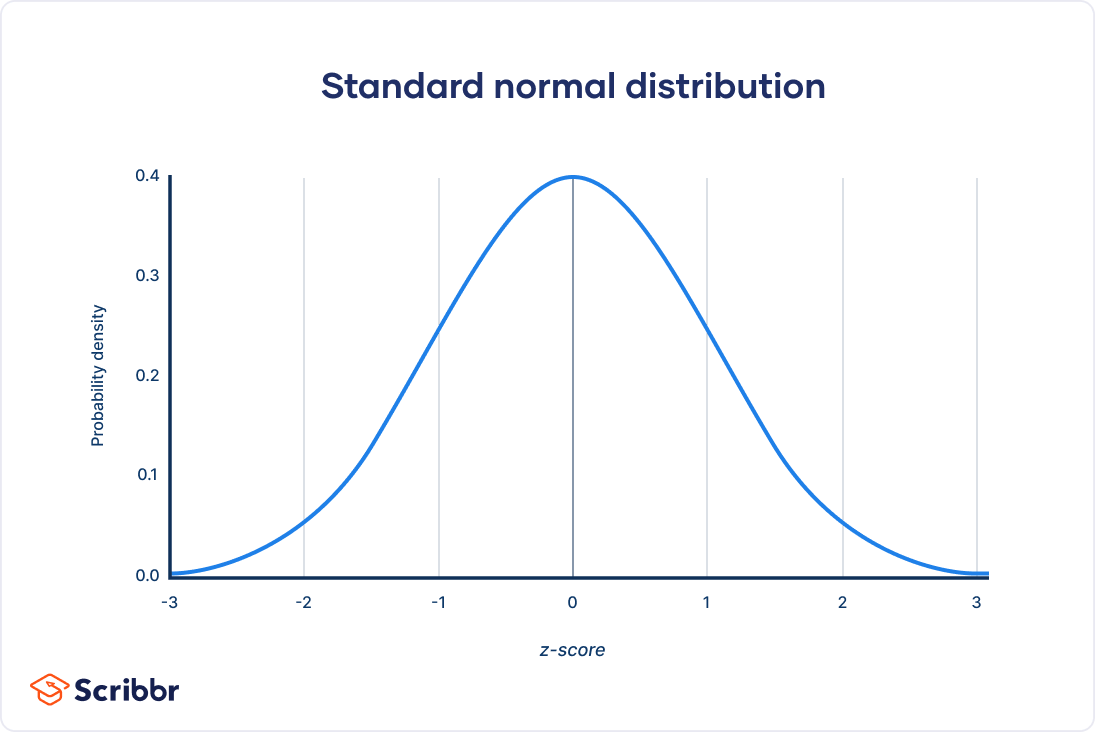Maintaining normal blood sugar levels is crucial for individuals with diabetes to prevent complications and ensure overall health. Blood sugar levels, also known as blood glucose levels, are measured in milligrams per deciliter (mg/dL) or millimoles per liter (mmol/L). The normal range for blood sugar levels varies depending on the time of day, the last meal, and other factors, but general guidelines have been established.
For individuals without diabetes, normal blood sugar levels are typically between 70 mg/dL and 140 mg/dL (3.9 mmol/L to 7.8 mmol/L). However, for people with diabetes, the target blood sugar levels are slightly different. The American Diabetes Association (ADA) recommends the following target blood sugar levels for individuals with diabetes:
- Before meals (preprandial): 80 mg/dL to 130 mg/dL (4.4 mmol/L to 7.2 mmol/L)
- After meals (postprandial): Less than 180 mg/dL (10 mmol/L)
- At bedtime: 100 mg/dL to 140 mg/dL (5.6 mmol/L to 7.8 mmol/L)
It’s essential to note that these are general guidelines, and your healthcare provider may set different targets based on your individual needs, age, and other health factors. For example, older adults or individuals with certain complications may have slightly higher target ranges to minimize the risk of hypoglycemia (low blood sugar).
Understanding Blood Sugar Levels
Blood sugar levels are influenced by several factors, including diet, physical activity, medications, and the body’s ability to produce or use insulin. Insulin is a hormone produced by the pancreas that allows cells in the body to absorb glucose from the blood and use it for energy.
- Hyperglycemia (high blood sugar) occurs when the body has too much glucose in the blood. This can happen when the body does not produce enough insulin (as in type 1 diabetes) or cannot effectively use the insulin it produces (as in type 2 diabetes).
- Hypoglycemia (low blood sugar) occurs when the body has too little glucose in the blood. This can be a side effect of diabetes medications or insulin therapy, especially if not balanced with food intake and physical activity.
Monitoring Blood Sugar
Regular monitoring of blood sugar levels is crucial for managing diabetes effectively. This can be done using a glucose meter, which involves pricking the skin to draw a small sample of blood, placing it on a test strip, and inserting the strip into the meter for a reading.
Continuous glucose monitors (CGMs) are another tool that can provide real-time blood glucose readings throughout the day and night, offering valuable insights into how different factors affect blood sugar levels.
Achieving Normal Blood Sugar Levels
Achieving and maintaining normal blood sugar levels involves a combination of lifestyle changes and, if necessary, medication. Key strategies include:
- Healthy eating: Focusing on a balanced diet that is low in added sugars, saturated fats, and sodium, and high in fiber, fruits, vegetables, and whole grains.
- Regular physical activity: Engaging in at least 150 minutes of moderate-intensity aerobic exercise, or 75 minutes of vigorous-intensity aerobic exercise, or a combination of both, per week, along with strength-training activities at least twice a week.
- Staying hydrated: Drinking enough water and other fluids to help the body regulate blood sugar levels.
- Getting enough sleep: Aiming for 7-8 hours of sleep per night to help regulate hormones that control blood sugar levels.
- Managing stress: Practicing stress-reducing techniques, such as yoga, meditation, or deep breathing exercises, as stress can raise blood sugar levels.
By understanding normal blood sugar levels and working closely with healthcare providers, individuals with diabetes can manage their condition effectively, reduce the risk of complications, and improve their quality of life.
What are the normal blood sugar levels for someone with diabetes before meals?
+For individuals with diabetes, the target blood sugar level before meals is between 80 mg/dL and 130 mg/dL (4.4 mmol/L to 7.2 mmol/L), according to the American Diabetes Association.
How often should I check my blood sugar levels if I have diabetes?
+The frequency of checking blood sugar levels can vary depending on the type of diabetes, medication regimen, and individual health status. Generally, it is recommended to check blood sugar levels at least four times a day: before breakfast, before lunch, before dinner, and at bedtime. However, your healthcare provider may recommend a different schedule based on your specific needs.
What happens if my blood sugar levels remain high over time?
+High blood sugar levels over time can lead to serious health complications, including heart disease, kidney disease, nerve damage (neuropathy), and vision problems (including blindness). It's crucial to work with your healthcare provider to manage your blood sugar levels and prevent these complications.
In conclusion, managing diabetes involves understanding and achieving normal blood sugar levels through a combination of healthy lifestyle choices and, when necessary, medication. By staying informed, working closely with healthcare providers, and making proactive decisions, individuals with diabetes can effectively manage their condition and lead healthy, fulfilling lives.



